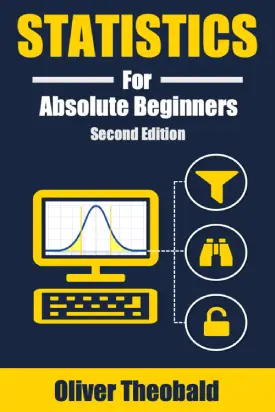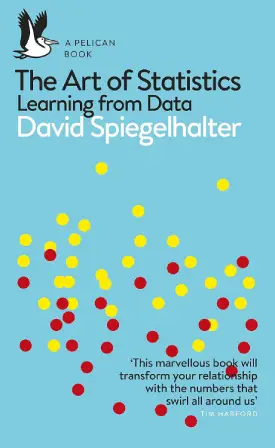Uniform Distribution
What is Uniform Distribution?
The Uniform distribution is a probability distribution and it represents values that are all equally likely to occur. There are two types of uniform distributions, discrete and continuous. Discrete deals with finite numbers and continuous with infinite. Examples of applications are rolling a die, generating a random number, and drawing a random card from a deck of cards.
Discrete numbers can be counted and have finite values – 1, 2, 3, 4, 5, 6
Continuous numbers can be measured and have infinite values – 5.67, 5.6768, 0.23534, 71.345
Discrete Uniform Distribution
In discrete uniform distribution, the number of values are finite and all equally likely to occur. There are two important aspects, probability mass function (PMF) and cumulative distribution function (CDF).
The following instances use random generated numbers through the use of Python (NumPy, SciPy & Matplotlib) and not actual figures.
Probability mass function (PMF)
Example of a discrete probability mass function (PMF).
PMF is a function of a discrete random variable, and provides the probability that a number, X for instance, is equal to a certain value.

Cumulative distribution function (CDF)
Example of a discrete cumulative distribution function (CDF).
CDF provides the probability that a number, X for instance, is equal or less than the value of the function (generally F(x)). It is a also a technique that describes the distribution of random variables, but applies to discrete, continuous, as well as mixed numbers.

Continuous Uniform Distribution
In continuous uniform distribution, the number of values are infinite and gives the possibility of a random variable occurring within a range of specified values. There are two important aspects, probability density function (PDF) and cumulative distribution function (CDF).
The following instances use random generated numbers through the use of Python (NumPy, SciPy & Matplotlib) and not actual figures.
Probability density function (PDF)
Example of a continuous probability density function (PDF).
PDF provides the probability that a continuous random variable takes a value in a certain interval – in other words, the probability of the variate having the value (x) and is given by the area under the curve between the limits of the two integrals.

Cumulative distribution function (CDF)
Example of a continuous cumulative distribution function (CDF).
This is the same function from the discrete uniform distribution. As mentioned previously, CDF applies to both discrete and continuous values. For explanation of cumulative distribution function, refer to the defitniion in the above section.

Next: Correlation




